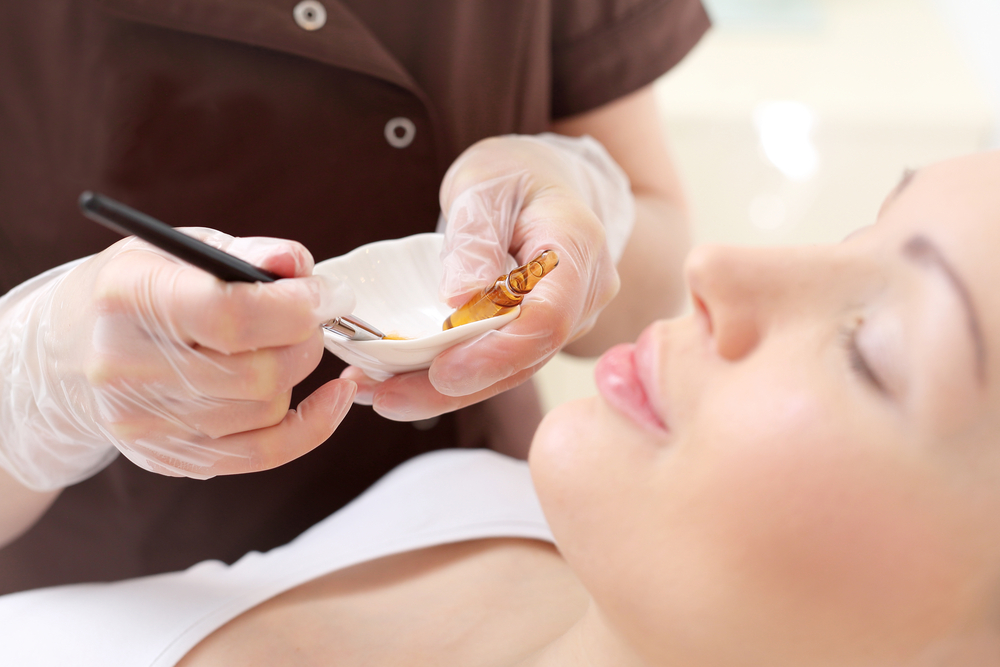Chloasma is otherwise known as melasma. This is most commonly associated with pregnancy and is initially thought to be due to the interplay of factors such as heredity, high levels of hormones related to pregnancy, and ultraviolet exposure.
Chloasma is brought about by the hyperactivity of the melanocytes. These cells are responsible for the production of the dark-colored pigment called melanin upon exposure to light both from natural sources and indoor lighting. These cells are sensitive to hormonal changes that occur not just in pregnancy but also for women who are taking oral contraceptive pills and post-menopausal women who opted for hormone replacement therapy.


